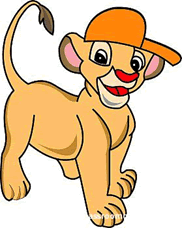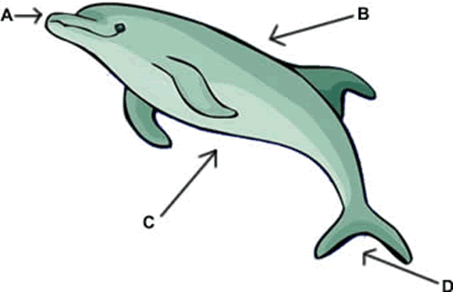 26-1 Introduction to the Animal Kingdom
26-1 Introduction to the Animal Kingdom
1.
Animals are __________________, eukaryotic heterotrophs that lack
____________________
2. What is a tissue? _________________________________________________________
3. What type of tissue covers body
surfaces? ______________________________________
4. What percent of animal species are invertebrates? _____________
5. Invertebrates are animals that do not have a ______________________________
6. List 3 examples of invertebrates: ___________________________________________
7. Mammals, amphibians, reptiles and birds are all ______________________ (have
a backbone)
8. __________________________ describes a relatively stable internal environment.
9. Match the following according to what they eat
_________ Herbivores ............a. other animals
_________ Carnivores ............b. plants
_________ Omnivores ............c. both plants and animals
10. What type of animal feeds on decaying plant and animal material? __________________
11. A ________________________ relationship is where two animals live in close
association with one another.
12. Respiration means that an animal takes in _______________ and gives off
_______________
13. Large animals require a ____________________________ to move materials around
within their bodies.
14. A primary waste product of a cell is ________________________
15. What system is responsible for eliminating waste? __________________________________
16. What system is responsible for responding to the environment? ________________________
17. Muscle contraction enables motile animals to move around, usually by working
in combination with a support structure called a _____________________________
18. Sexual reproduction helps to create and maintain genetic __________________________
19. ___________________ reproduction produces offspring that are identical to
the parent.
Trends in Animal Evolution
20. Complex animals tend to have high levels of cell _____________________ and internal body ___________________.
21. View figure 26-3, answer True
(T) or False (F) to the following:
__________ Mollusks are more closely related to roundworms than to annelids
__________ Mollusks, annelids, and arthropods all have a coelom.
__________ Sponges do not have tissues.
22. Tissues join together to form
__________________ and organ systems.
23. Animals that reproduce sexually begin life as a ______________________________
24. A __________________________ is a hollow ball of cells.
25. A ___________________________ is an animal whose anus if formed from the
blastopore.
26. Match the following germ layers to what they develop into:
__________ Endoderm........ a. muscles
___________Mesoderm ......b. skin
___________ Ectoderm .......c. lining of digestive tract
27. What type of animal does NOT have a type of body symmetry? ____________________
28. What type of symmetry does a sea anemone have? _____________________
29. Animals that have a left and right side have ___________________ symmetry.
30. When the body is constructed of many repeated and similar parts, the animal
is said to be __________________________
31. The concentration of nerve cells and sense organs at the front end of the
body is called __________________________________________
32. What is the anterior end of the body called (on bilaterally symmetrical
animals) ___________
 33. Why is a body cavity important? ________________________________________________
33. Why is a body cavity important? ________________________________________________
34. Label the sides of the dolphin. (See Figure 26-5)
A. ______________________
B. ______________________
C. ______________________
D. ______________________